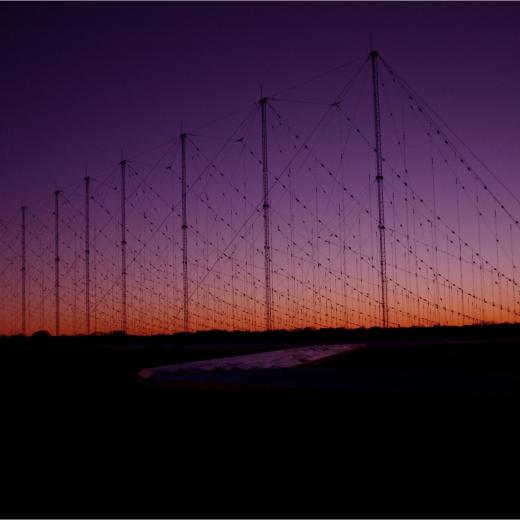BLUF
Loss of the Tongan fibre-optic undersea cable (which provides phone and internet services) demonstrates the vulnerability of communications to natural hazards not just in Tonga but in any remote Pacific Island country.Summary
The recent apparent snapping of the Tongan fibre-optic cable connecting it to the rest of the world due to a volcanic eruption demonstrates the vulnerabilities of modern communications. Key points:
-
95% plus of global data transfer uses undersea fibre-optic cables.
-
The more than 885,000 kilometres of undersea cables go through choke points- Hawaii, the Suez Canal, Guam and the Sunda Strait.
-
Many of the choke points are prone to natural disasters.
-
Tonga uses undersea cables as they are more reliable than satellites and fixed infrastructure.
-
Tongan communication is through a single 800km link with Fiji.
-
Recovery needs are difficult to ascertain without working cables.
-
Volcanic eruptions, underwater landslides, cyclones, earthquakes, and tsunamis all put underseas cables at risk.
-
Australia’s cable links are through Sydney and Perth.
Managing risk.
-
Risk evaluation is required to map potential hazards.
-
Need to consider backup alternatives such as satellites.
References
Recent Runway Posts related to this topic:
- New undersea internet cable for Nauru, Kiribati and the Federated States of Micronesia will be funded by Australia, the US and Japan | The Runway (airforce.gov.au)
- Australia and New Zealand should help their island neighbours get into space | The Runway (airforce.gov.au)
- Avoiding a “lost decade” in the Pacific | The Runway (airforce.gov.au)
- Boxing Day Tsunami Anniversary | The Runway (airforce.gov.au)
References from the Web:
- JAN 2022 Tonga volcano eruption: At least 3 dead, amid severe destruction | | UN News
- JAN 2022 Tonga: Volcanic Eruption and Tsunami | Jan 2022 reliefweb
- JAN 2022 Australia and New Zealand sending aid ships as UN prepares for COVID-distanced relief operations | ABCNews
- JAN 2022 Tonga tsunami: Before and after eruption | BBC News
Source Information: Conversation The
- Article Source: The Conversation: In-depth analysis, research, news and ideas from leading academics and researchers.
- Media Check: The Conversation - Media Bias/Fact Check (mediabiasfactcheck.com)
- Learning Outcomes: RUNWAY TOPICS: LEARNING OUTCOMES | The Runway (airforce.gov.au)





